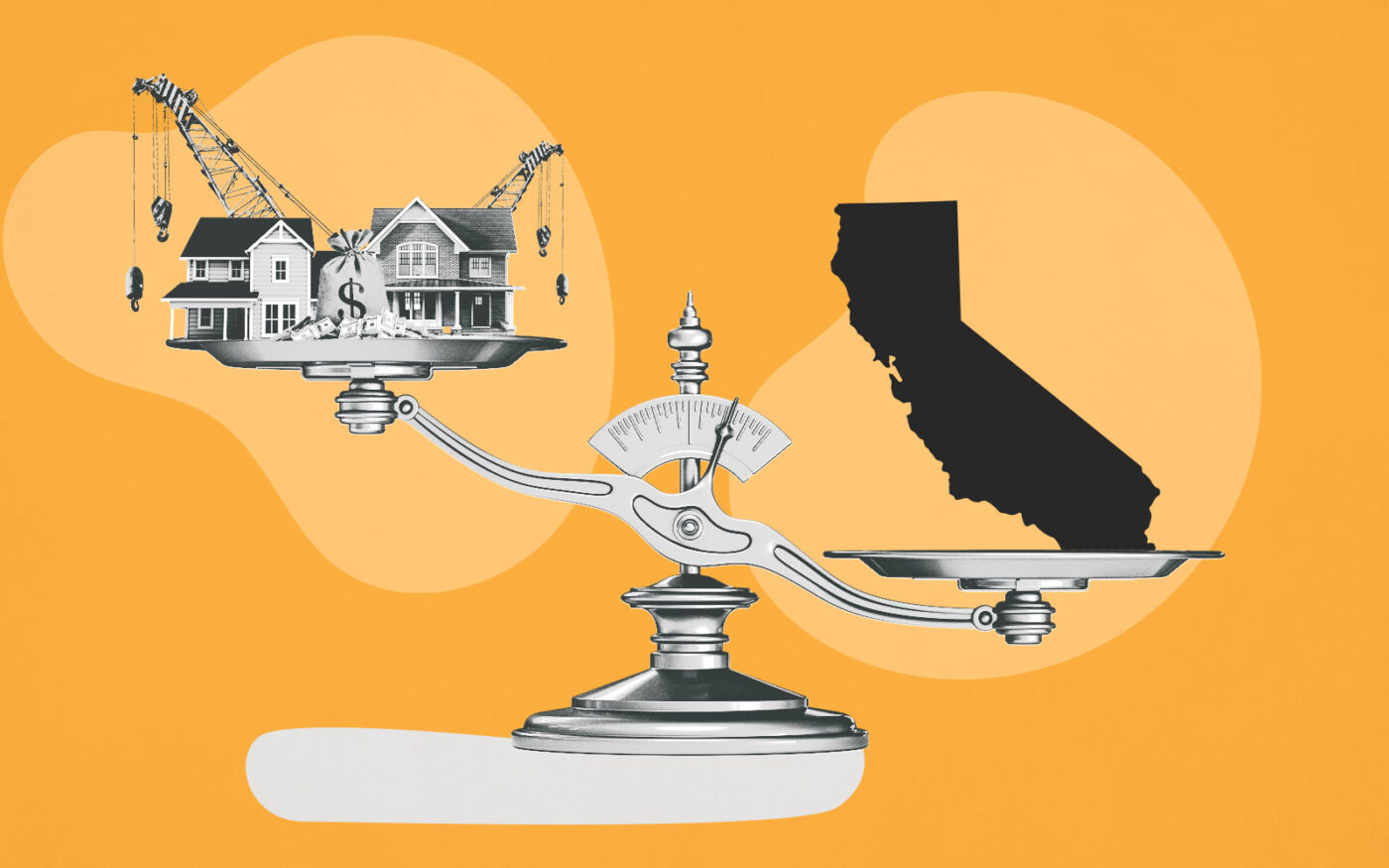California has fewer residents, but has built more homes. So why are homes more expensive to buy or rent?
The Golden State has had a population decline since 2020 of 375,800 people to 38.2 million residents last year, a 0.9 percent loss, the Orange County Register reported, citing population figures from the state Department of Finance.
At the same time, developers have added 432,700 new homes to create a market of 14.8 million residences, a 3 percent gain.
Yet the price of a typical California home has gone up 25 percent since 2020, according to the California Association of Realtors. Meanwhile, typical rents in a dozen metropolitan areas rose by 24 percent, according to Zillow.
Fewer people in the state with more homes built has resulted in higher home prices — in defiance of supply and demand.
Economic factors are to blame for higher housing costs, according to the Register. Cheap mortgages were followed by pricey ones. Investors hungry for returns kept housing demand high. And developers remained thirsty for luxury estates, the newspaper said.
Bosses desperate for workers kept unemployment low. More paychecks meant more housing demand, plus factor in inflation, according to the Register.
One other explanation is the large number of homes sitting vacant.
California had 13.9 million occupied residences last year — up 405,000 since 2020, a 3 percent gain. The state also had 944,500 vacant homes last year, up 28,000 since 2020, also a 3 percent gain.
The growth in unused housing comes out to about 6 percent of the housing created since 2020.
So despite all the talk about a housing “shortage,” the statewide vacancy rate — 6.37 percent last year from 6.46 percent in 2020 — has barely budged.
Various proposals have been suggested to trim vacancies, including taxing owners for empty housing. But vacancies are a reality of the California marketplace, home to the most rentals in the nation, with some of the best vacation spots.
One result of the larger supply of housing: fewer people living in existing homes.
Last year, the average number of Californians living in an occupied home was 2.75 residents, down from 2.86 in 2020. For whatever reason, smaller households have gobbled up housing supply.
The drop in California’s household density equals demand for 131,000 housing units, according to the Register. So about a third of the housing created since 2020 went toward giving Californians more places to live.
— Dana Bartholomew
Read more



